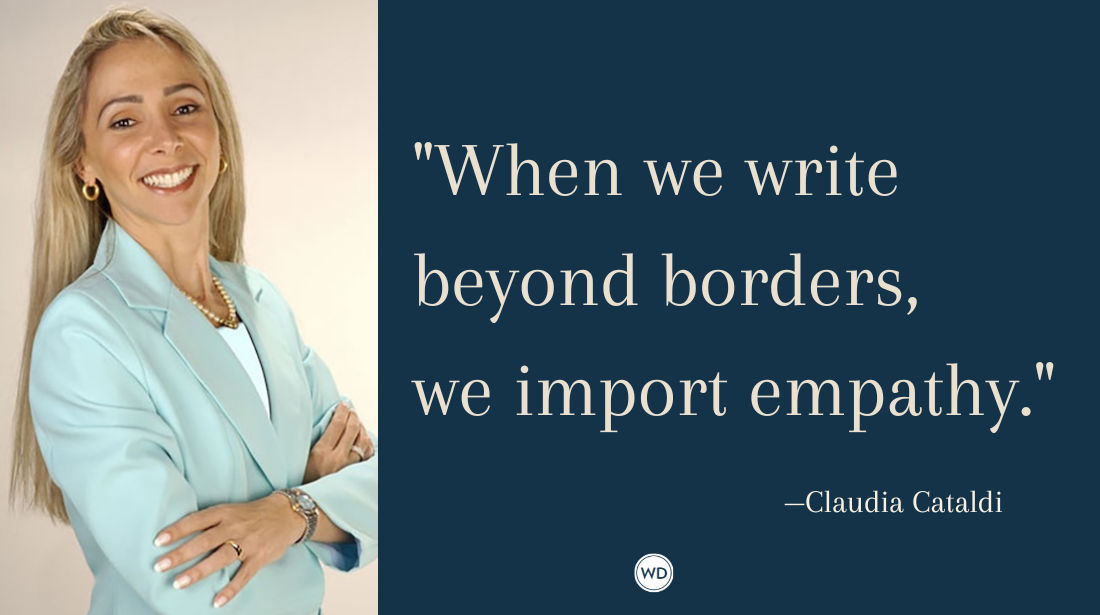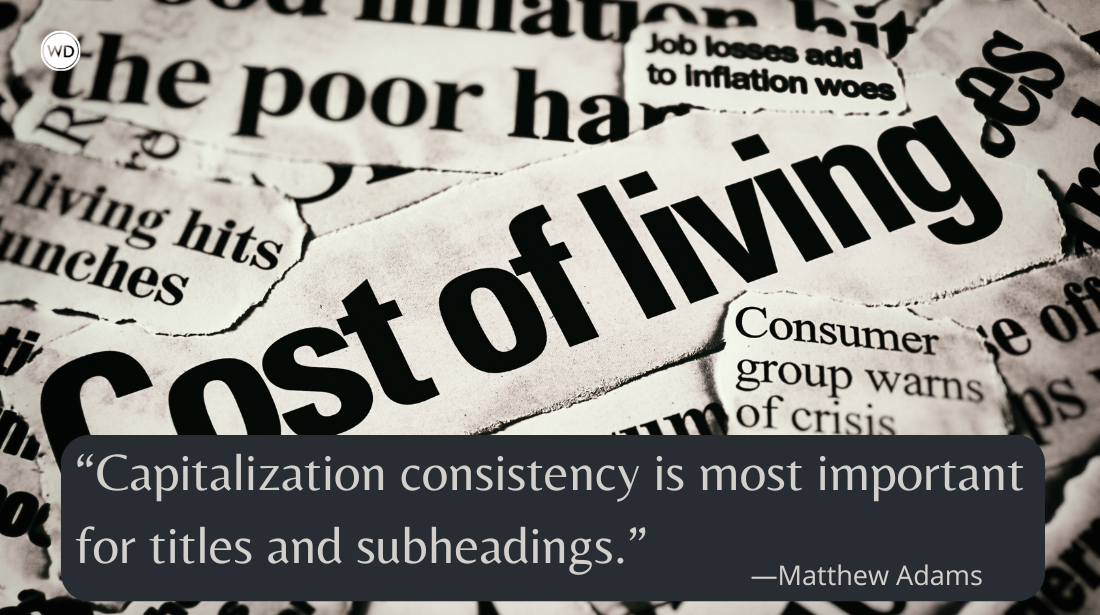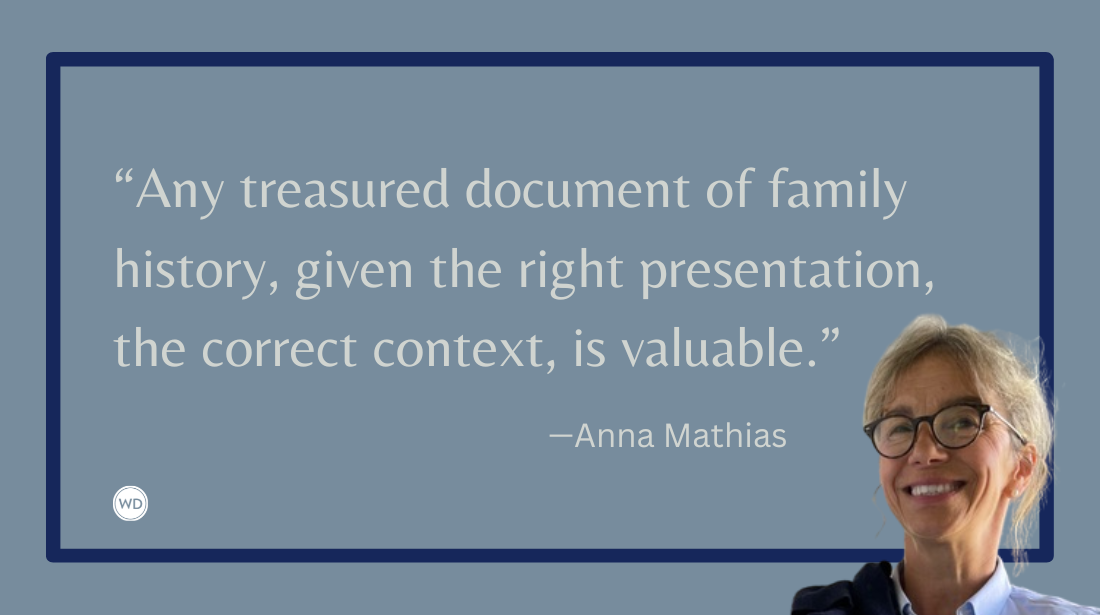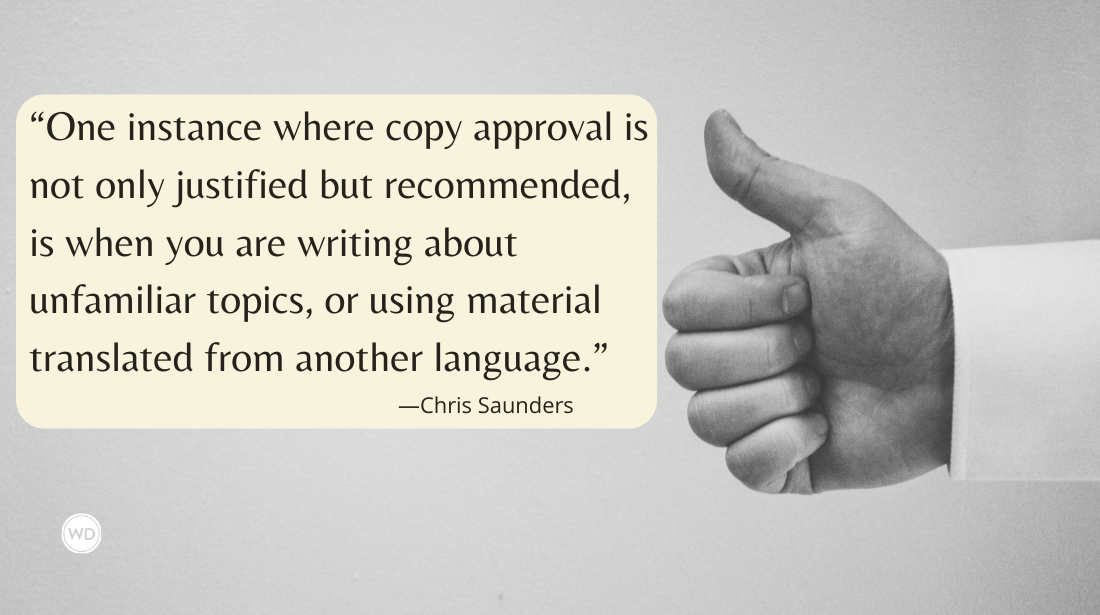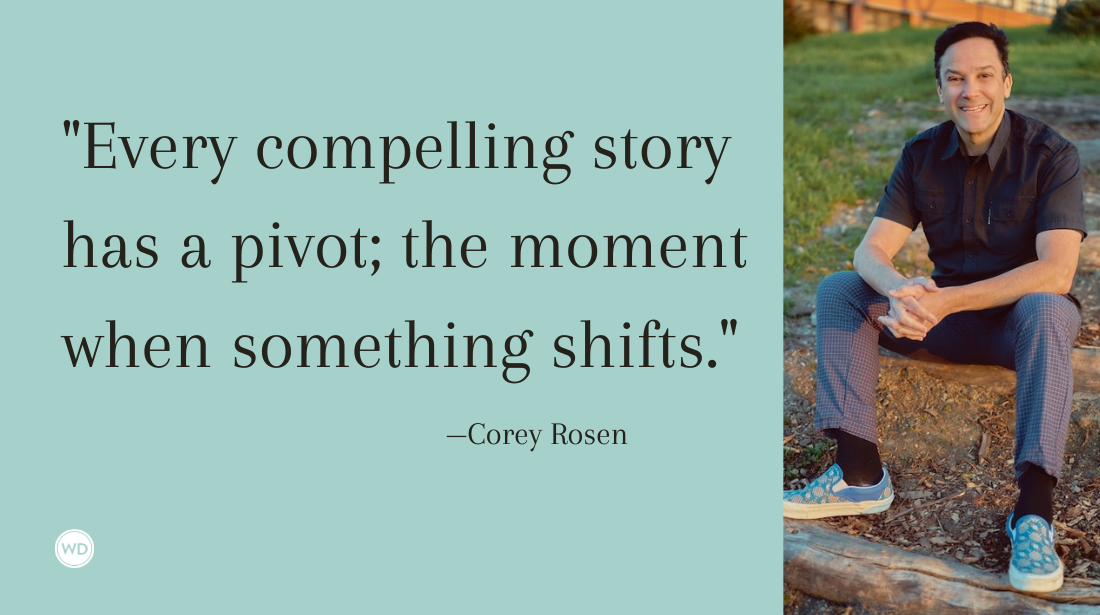Writing Fiction or Nonfiction: Make Your Choice
As a writer, are you going to write fiction or nonfiction?. The latter spans a wide range of subjects. This category is made up of literary works that can retell…
As a writer, are you going to write fiction or nonfiction?. The latter spans a wide range of subjects. This category is made up of literary works that can retell events that really occurred or people who actually lived at one time. Barbara Koppel, a veteran independent filmmaker said, “Nonfiction takes you on a marvelous journey and introduces you to people you wouldn’t ordinarily meet. It makes us feel like we’re all not so far apart.”
Mark Twain is quoted as having said, “It’s no wonder that truth is stranger than fiction. Fiction has to make sense.” He also said, “Fiction is obliged to stick to possibilities. Truth isn’t.”
*********************************************************************************************************************************
This is an excerpt from Self-Publishing, How I Sold a Ton of Books by Lester V. Horwitz. Published 2013 by Farmcourt Publishing. The book is available on the publisher’s website, www.Farmcourt.com, and at many bookstores including Barnes & Noble and Joseph-Beth. Available only in print, not as an e-book. Horwitz is also the author of the Pulitzer Prize nominated book, The Longest Raid of the Civil War.
*********************************************************************************************************************************
Mystery novels are a popular area of fiction. Marta Salij, a book reviewer for the Knight Ridder News Service, has a recipe for a best-selling mystery series, subcategory female sleuth. She describes it as follows: “Take one female private investigator or bounty hunter or medical examiner, or some other professional likely to run into lots of interesting crimes. Sprinkle in some personal eccentricities and surround with colorful sidekicks. Pepper-in a hunky on-again, off-again love interest, but leave out husbands and kids. Garnish with a hook so readers remember which series is yours. Stir, and serve hundreds of thousands.”
Robert Lawrence Stine, better known as R.L. Stine aka Eric Affabee, has his own formula for writing his books of fiction. He is the Stephen King of the pre-teen set and the successful author of the Goosebumps books. It is reported that Stine’s books have sold more than 300 million copies.
Here’s the process Stine uses to write a book:
- Get the basic idea.
- Think of a title.
- Figure out the ending – who did it.
- Fill in with what they did or who’s doing what to them.
- Figure out how to fool the reader, keep them from guessing the ending.
- Determine what the big surprises are going to be.
- Make a list of characters to populate the book.
- Develop a chapter-by-chapter outline of everything that happens.
- Make sure each chapter has a cliff-hanger and a shocker.
Stine was an English major at Ohio State University. After graduation, he went to New York not knowing a single person, and started answering ads in the papers. His first job was with a fan magazine, making up stories, and interviews with the stars. He learned to write quickly and make up stories. He thought his job was horrible at the time, but later realized it had been good training. Then he answered an ad for a writing job at Junior Scholastic Magazine and ended up working there for 16 years.
Poetry is perhaps the most difficult type of book to market to the general public. Bennett Cerf, founder of Random House Publishing, said, “Every publisher worth his salt has to publish poetry, even some that he knows he’s going to lose money on.” If you plan to write a children’s book, the most popular genre is fiction. Children love make-believe.
A gripping true story is “a given” in nonfiction, but the good writers know that how well you write it is what matters. And the great writers know that it’s what they bring to the story – their focus, intellect, humor and their empathy – that makes for the best nonfiction. Margaret Carlson, author of Anyone Can Grow Up said, “Everybody loves a story.”
Tom Wolfe, author of The Right Stuff (1983) and Bonfire of the Vanities (1990), commented on what he thought writers bring to the story. He said, “All of us writers start out thinking 95 percent of this is talent, a gift we have. I now think it’s 65 percent material and 35 percent talent.” He has also said, “You need to do your research and collect all your information before you start writing your book whether it’s fiction or nonfiction.” I agree with most of what Mr. Wolfe says. But I have found that when I have collected and organized a sufficient amount of information to start writing a book, I will still have the need to continue my research to fill in any blanks and unanswered questions. When you reach a point when you sense that you have enough material to start your book, be prepared to do additional research as your writing progresses.
Texas newspaper writer, the late Molly Ivins, whose columns were syndicated to newspapers across the county by Creators Syndicate, Inc., assembled a collection of newspaper stories which she called “RWIDNWF.” The acronym stands for “Reasons Why I Do Not Write Fiction.” Her premise was simple. As she explained it, “Real life is so much more extraordinary than anything my imagination could possibly produce, there is no point in making anything up.”
To illustrate her point, she gave many examples in a news release of December 28, 2004. Here are just two of the stories. In a 1982 case of the man who was feuding with his relatives, he woke up one night and thought he saw something at the end of his bed. He reached for his gun in the dark and shot himself in his male appendage. Another occurred in 1900 when the automotive industry was in its infancy. There were only two cars in the State of Ohio. They collided.
Thanks for visiting The Writer's Dig blog. For more great writing advice, click here.
*********************************************************************************************************************************
Follow me on Twitter: @BrianKlems
Check out my humor book, Oh Boy, You're Having a Girl.
Sign up for my free weekly eNewsletter: WD Newsletter




